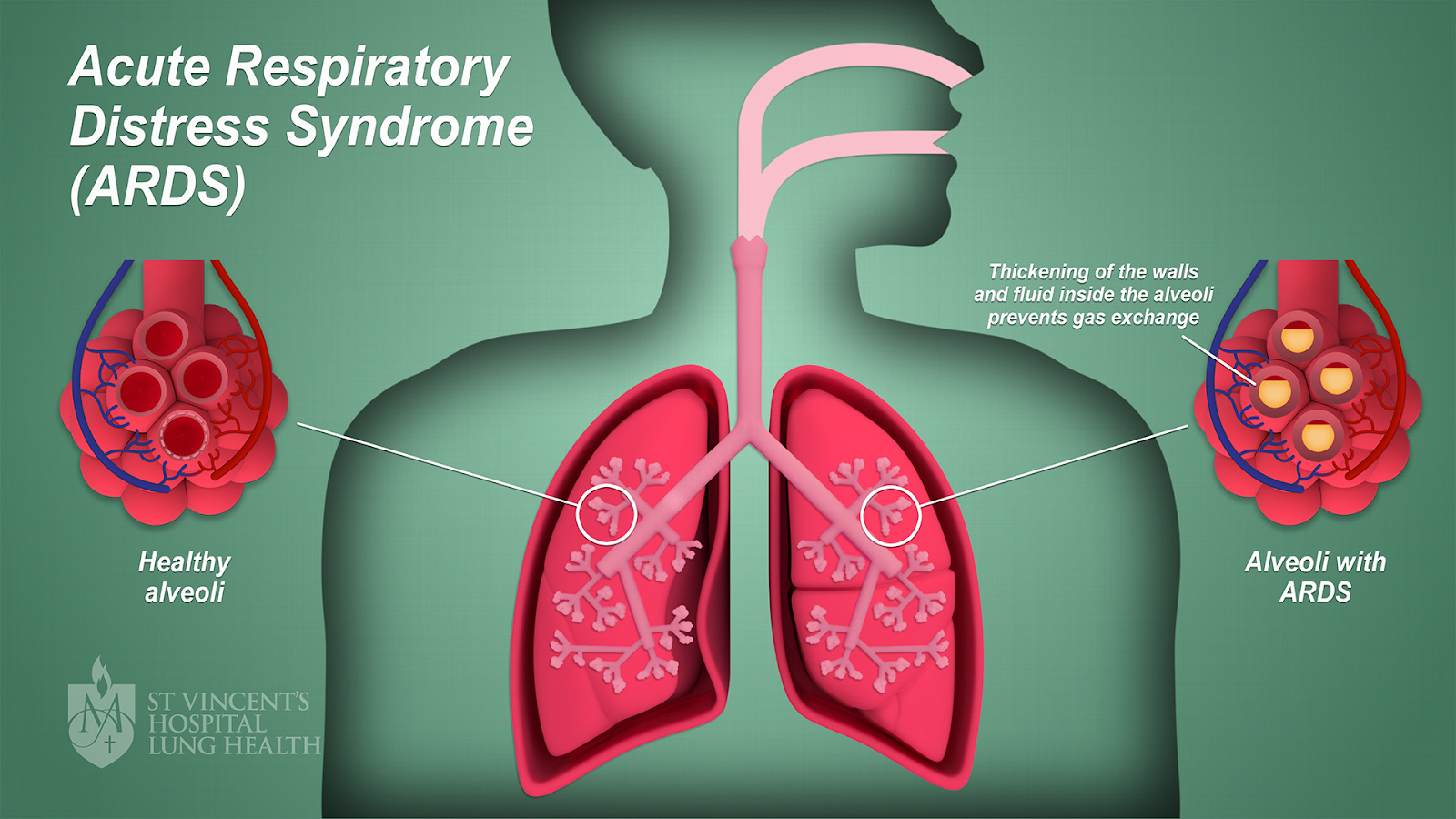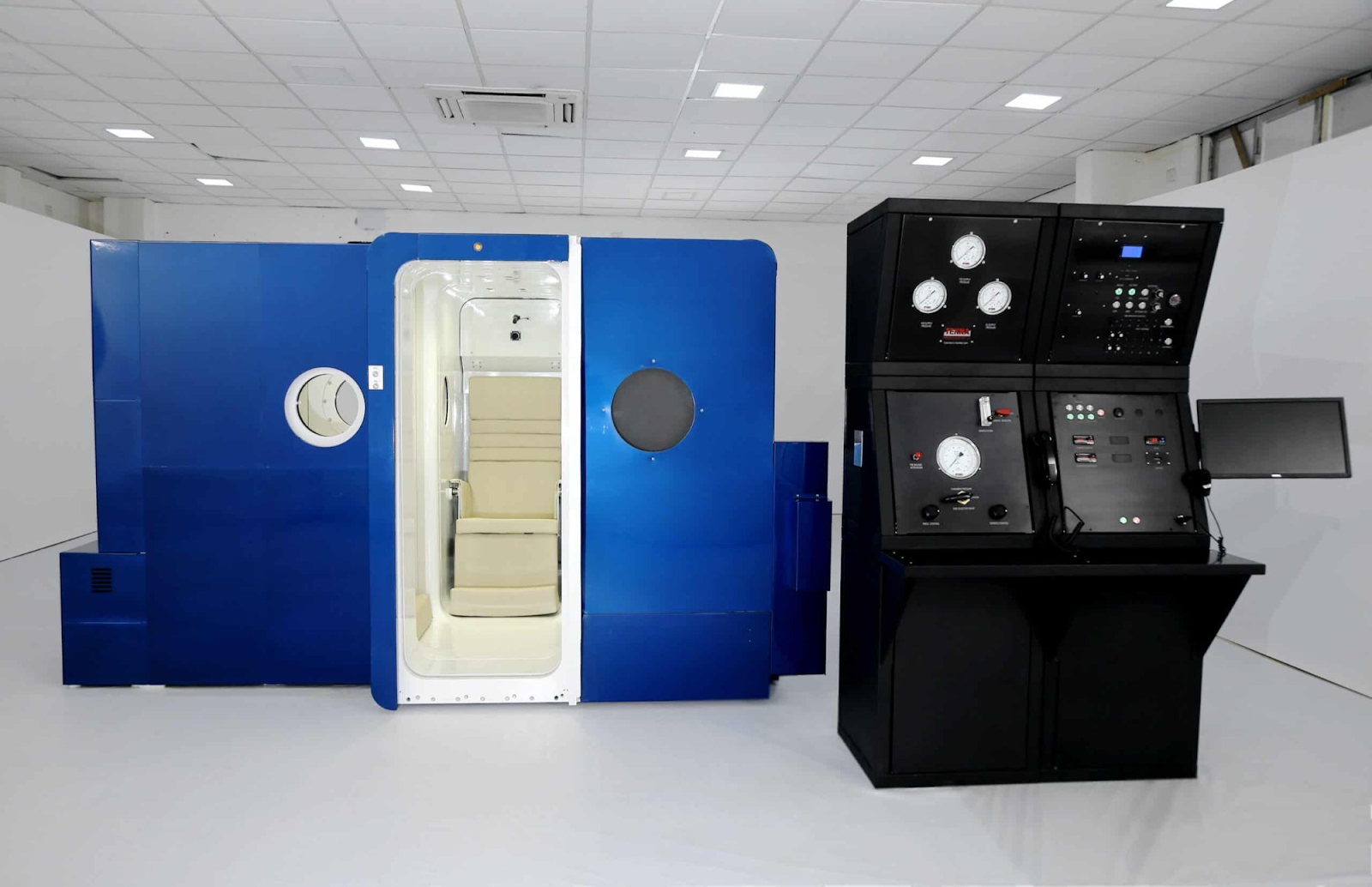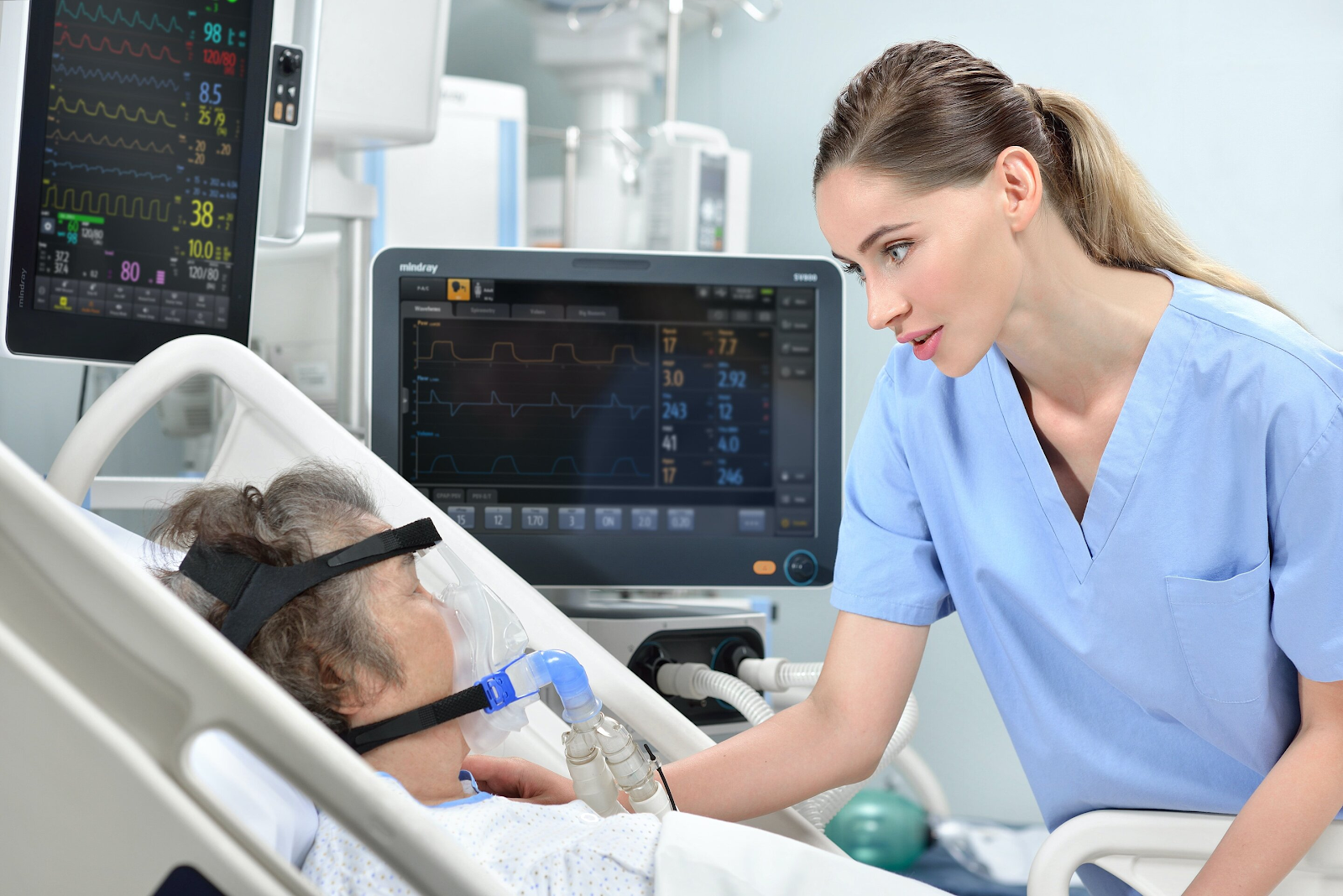Transorbital Intubation: A Comprehensive Guide to a Rare Airway Management Technique
Airway management is a cornerstone of critical care, anesthesia, and emergency medicine. While traditional intubation methods such as orotracheal and nasotracheal approaches dominate clinical practice, unusual scenarios occasionally demand unconventional solutions. One such technique, transorbital intubation, is both fascinating and controversial. This guide explores its history, anatomy, indications, procedure, potential risks, and ethical considerations, supported by recent research and clinical experiences.
Understanding Transorbital Intubation
Transorbital intubation refers to establishing an airway through the orbital cavity. It involves creating a passageway via the eye socket and adjacent anatomical structures to access the airway. Although rarely practiced, the procedure has historical significance and remains a topic of intrigue among medical professionals.
This technique is not part of conventional airway management and is typically reserved for extreme, life-threatening scenarios where traditional routes are inaccessible or contraindicated.
 |
| image credit |
A Historical Overview
The concept of transorbital procedures is not entirely new. Historically, interventions through the orbit were explored in neurosurgery, particularly for lobotomies during the early 20th century. However, the adaptation of this route for airway management emerged as a theoretical discussion rather than a practical application in most settings.
Some wartime anecdotes and rare case reports describe desperate measures where transorbital approaches were considered, but scientific documentation remains limited.
Anatomical Considerations
To understand the feasibility and risks of transorbital intubation, it is crucial to examine the orbital anatomy:
1. Orbital Boundaries
The orbit is a pyramidal cavity housing the eyeball, surrounded by bones like the frontal, zygomatic, ethmoid, and sphenoid.
2. Critical Structures
Optic Nerve: Critical for vision and passes through the optic canal.
Orbital Arteries and Veins: Highly vascularized, increasing the risk of hemorrhage.
Paranasal Sinuses: The ethmoid and sphenoid sinuses are closely associated with the orbit, potentially providing an access route to the airway.
3. Proximity to the Airway
The posterior orbit lies near the nasopharynx and oropharynx, which can theoretically allow a pathway for airway management.
 |
| View of the eye cavity (a) tongue, (b) concha. The patient’s maxilla, zygomatic bone, orbita, hard palate, and pterygopalatine fossa were excised image credit |
Indications for Transorbital Intubation
While rarely performed, transorbital intubation might be considered in the following extreme situations:
Severe Facial Trauma
When oropharyngeal and nasopharyngeal access is obstructed due to massive trauma, fractures, or swelling.Obstruction of Traditional Routes
Tumors, infections, or foreign bodies blocking conventional airway passages.Desperate Life-Threatening Emergencies
Situations where immediate airway access is required, and all other methods fail.Research and Experimental Settings
Limited experimental use in cadaveric studies to explore alternative airway pathways.
The Procedure: A Step-by-Step Guide
Disclaimer: This content is for educational purposes only and not intended for clinical application without rigorous training and ethical approval.
1. Preparation
Ensure sterile conditions.
Administer sedation and analgesia if possible.
Use imaging (e.g., CT scan) to assess orbital anatomy and plan the trajectory.
2. Incision and Access
Create an incision in the inferior orbital rim or medial canthus, avoiding vital structures like the optic nerve.
3. Passage Creation
Carefully navigate through the orbital floor and ethmoid sinus to access the nasopharynx.
Use a guidewire or flexible scope to confirm the pathway.
4. Tube Placement
Insert the endotracheal tube under direct visualization or with fiber-optic assistance.
5. Securing the Airway
Confirm placement using capnography, auscultation, and chest rise.
Secure the tube to prevent dislodgement.
Risks and Complications
Transorbital intubation is fraught with potential complications, making it a last-resort procedure.
Ocular Damage
Risk of blindness due to optic nerve injury or globe rupture.Vascular Complications
Severe hemorrhage from orbital vessels or sinuses.Infections
High risk of orbital cellulitis or abscess formation.Cranial Complications
Intracranial infections, cerebrospinal fluid leaks, or brain injury.Failure to Establish Airway
Inability to secure the airway despite attempts can worsen patient outcomes.
Ethical and Legal Considerations
Given its invasive nature and high risk of complications, transorbital intubation raises significant ethical and legal concerns.
Informed Consent
In emergencies, obtaining consent may be impossible, but documenting the rationale is crucial.Training and Expertise
Only highly skilled practitioners should attempt this procedure, preferably under supervision.Documentation
Detailed records of the indication, procedure, and outcomes are essential for legal protection.
Case Studies and Literature Review
Case Study 1: Trauma-Induced Airway Obstruction
A 45-year-old male with severe maxillofacial injuries presented with complete airway obstruction. Traditional intubation methods failed, and a transorbital approach was attempted. The procedure successfully secured the airway, but the patient suffered permanent vision loss.
Literature Review
A 2023 study in the Journal of Emergency Airway Management examined 10 cadaveric models to explore transorbital intubation. The success rate was 40%, highlighting the challenges and risks involved.
The Future of Transorbital Intubation
Advancements in technology and simulation may pave the way for safer approaches to transorbital airway management. Some areas of potential development include:
3D Imaging and Navigation
Real-time imaging to enhance precision and reduce complications.Biocompatible Materials
Development of specialized tubes or scaffolds designed for transorbital routes.Training Simulations
Virtual reality (VR) and cadaveric training to improve practitioner competence.Research and Innovation
Studies focusing on anatomical variations and procedural outcomes.
Conclusion
Transorbital intubation, though rarely performed, represents a fascinating blend of anatomical knowledge and clinical ingenuity. While its practical applications remain limited, understanding this technique underscores the importance of adaptability in critical care.
This niche procedure challenges the boundaries of airway management and highlights the resilience and resourcefulness of healthcare providers. However, its risks necessitate extreme caution, thorough training, and ethical vigilance.


























